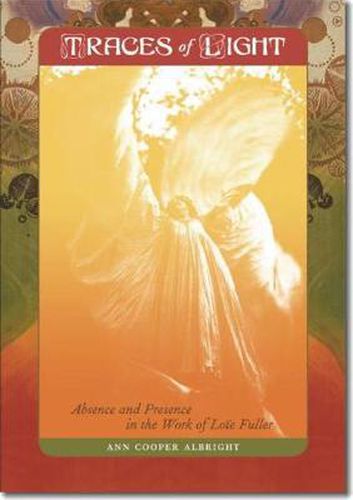Readings Newsletter
Become a Readings Member to make your shopping experience even easier.
Sign in or sign up for free!
You’re not far away from qualifying for FREE standard shipping within Australia
You’ve qualified for FREE standard shipping within Australia
The cart is loading…






One of the most famous dancers of the early 1900s, Loie Fuller created an extraordinary sensation in Paris with her manipulations of hundreds of yards of silk, swirling high above her and lit dramatically from below. Her work inspired artists such as Henri de Toulouse-Lautrec, Auguste Rodin, and Stephane Mallarme, and she embodied many of the decorative themes of Art Nouveau. Because her work highlights important issues in dance such as the role of technology in defining a dancing signature, the emergence of a modern movement sensibility, and the role of popular entertainment in early modern dance, Fuller is a critical figure through whom to study the changing representations of women dancers in the early twentieth century. Author Ann Cooper Albright places Fuller in the context of fin-de-siecle culture and offers a compelling analysis of Fuller’s innovations in lighting and movement that includes full-color reproductions of original posters, archival photos, and magazine and newspaper clippings. Traces of Light adds significantly to the literature on twentieth-century dance, illuminating a pioneer who helped to shape modern performance and stagecraft. There is a digital web companion to this book at http://learningobjects.wesleyan.edu/wespress/traces/.
$9.00 standard shipping within Australia
FREE standard shipping within Australia for orders over $100.00
Express & International shipping calculated at checkout
One of the most famous dancers of the early 1900s, Loie Fuller created an extraordinary sensation in Paris with her manipulations of hundreds of yards of silk, swirling high above her and lit dramatically from below. Her work inspired artists such as Henri de Toulouse-Lautrec, Auguste Rodin, and Stephane Mallarme, and she embodied many of the decorative themes of Art Nouveau. Because her work highlights important issues in dance such as the role of technology in defining a dancing signature, the emergence of a modern movement sensibility, and the role of popular entertainment in early modern dance, Fuller is a critical figure through whom to study the changing representations of women dancers in the early twentieth century. Author Ann Cooper Albright places Fuller in the context of fin-de-siecle culture and offers a compelling analysis of Fuller’s innovations in lighting and movement that includes full-color reproductions of original posters, archival photos, and magazine and newspaper clippings. Traces of Light adds significantly to the literature on twentieth-century dance, illuminating a pioneer who helped to shape modern performance and stagecraft. There is a digital web companion to this book at http://learningobjects.wesleyan.edu/wespress/traces/.